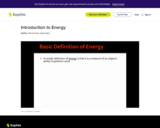
An introduction to the definition of energy as it relates to physics. [1:22]
- Subject:
- Science
- Material Type:
- Audio/Video
- Provider:
- Sophia Learning
- Date Added:
- 12/01/2023

An introduction to the definition of energy as it relates to physics. [1:22]
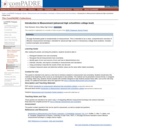
30-page illustrated guide to fundamentals of measurement. This is intended to be a clear, comprehensive overview of effective measurement technique. Intended for advanced high school or introductory college level students. Includes worked examples and problems.

This lesson will serve as an introduction into the world of oceanography. It will give students a taste of this wide field by simply comparing the environments explored in Aurelia. In doing so, it will touch on three key studies in oceanography; ocean salinity, circulation and currents, and wave mechanics! Each section will underscore the importance of physics and mathematics, showing students that studying the ocean is more than biology and ecosystems.
Estimated time required: 1-2 class periods.
Technology required for this lesson: Tablet or Smartphone.
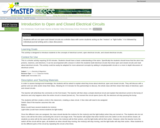
Students will act out open and closed circuits and is followed by individual journal writing and a class discussion.
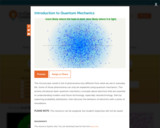
The microscopic world is full of phenomena very different from what we see in everyday life. Some of those phenomena can only be explained using quantum mechanics. This activity introduces basic quantum mechanics concepts about electrons that are essential to understanding modern and future technology, especially nanotechnology. Start by exploring probability distribution, then discover the behavior of electrons with a series of simulations.
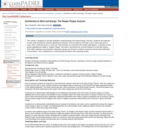
This activity is designed to provide qualitative understanding of the Work-Energy Theorem. Students are expected to have read introductory material regarding the theorem, and are tested on this with a short online quiz prior to class. After a brief discussion a "warm-up" demonstration is conducted with student participation. A question is then posed regarding the height a "Hopper Popper" will reach if launched from a thumb instead of a hard flat surface. After initial responses are presented, discussion groups are formed to achieve consensus and provide justification of conclusions. This is followed by a confirming demonstration with surprising results.

This animation from KET's distance learning physics course demonstrates the mathematical formula for a scientific law as it applies to light.
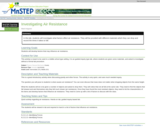
Students investigate air resistance using many objects. No formal lab procedure, just a few simple instructions leaves a guided-inquiry lab activity.
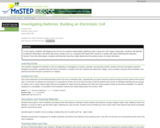
This activity is an inquiry where students will design an electrolytic cell that produces work in the form of lighting a bulb.
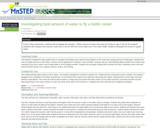
This learning experience is where students launch a bottle rocket and compare how long the bottle was in the air to how much water is placed in the rocket.
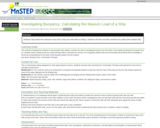
This lab activity allows students to apply their knowledge of Archimedes' Principle by calculating the maximum buoyant force that a ship can produce.
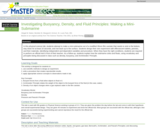
This activity is a lab where students design an experiment to construct a self-powered mini-submarine that stays underwater for at least 10 seconds, and then float back up to the top of the water level. Buoyancy and density are applied and discussed.
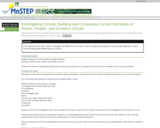
This activity is a indoor lab where students investigate the current differences in different circuits where students build a small house and construct different types of circuits.

This is an exploratory activity involving matter and density. There are many assessment pieces including a laboratory.
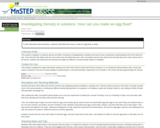
This activity is an interactive demonstration of the concept of density with a guided inquiry component.
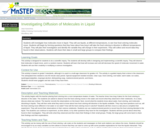
This activity is a guided inquiry of how molecules move in liquid. Students develop questions, use their observation skills to describe what they saw, record and analyze their findings, and use their data to begin to hypothesize what is happening in the investigation.
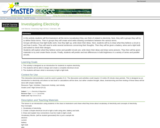
This activity is a group lab activity where students explore beginning electrical circuits.
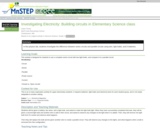
This activity is a guided inquiry of electrical circuits.
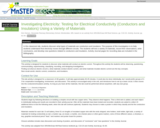
In this lab, the students will test a variety of materials to discover which items are conductors and which items are insulators. They will discuss, classify, record data, and develop new questions relating to electricity.
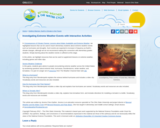
This article highlights resources that can be used to supplement lessons on extreme weather, including games and video clips. The article appears in the free, online magazine for K-Grade 5 teachers Beyond Weather and the Water Cycle. The magazine focuses on the essential principles of climate science.